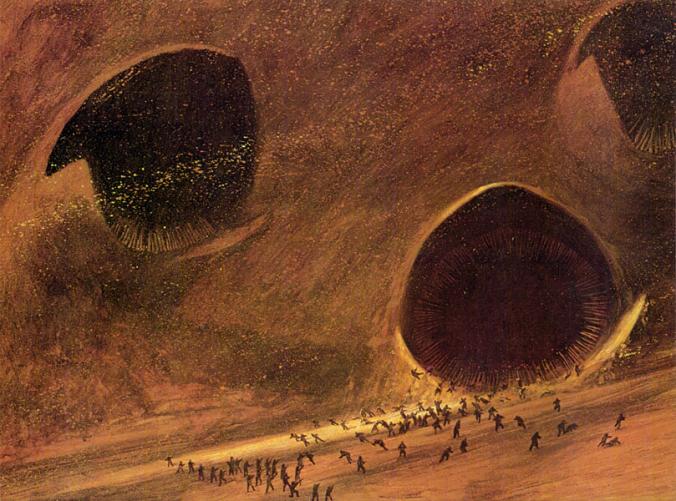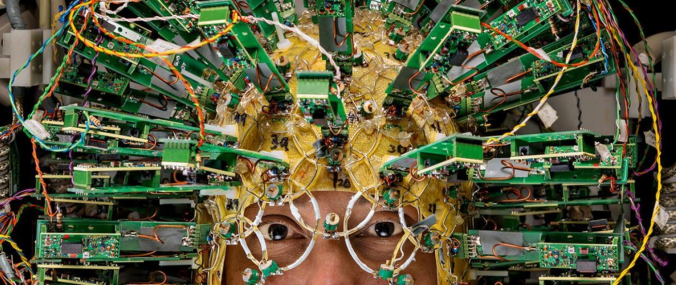
I’m reviewing a memoir by a scientist, and it’s gotten me reflecting on this peculiar sub-genre. I started thinking about especially good examples–in particular, ones that manage to balance the personal experiences of the author with the professional accomplishments. I ended up thinking aloud about it on Twitter, and ended up with a spontaneous reading list that had some usual suspects but also some intriguing surprises. Here it is (Note: Please be sure to click the blue bar labeled “Read Next Page.” There are a lot more!) Continue reading “Memoirs by Scientists: A Crowd-Sourced List”


